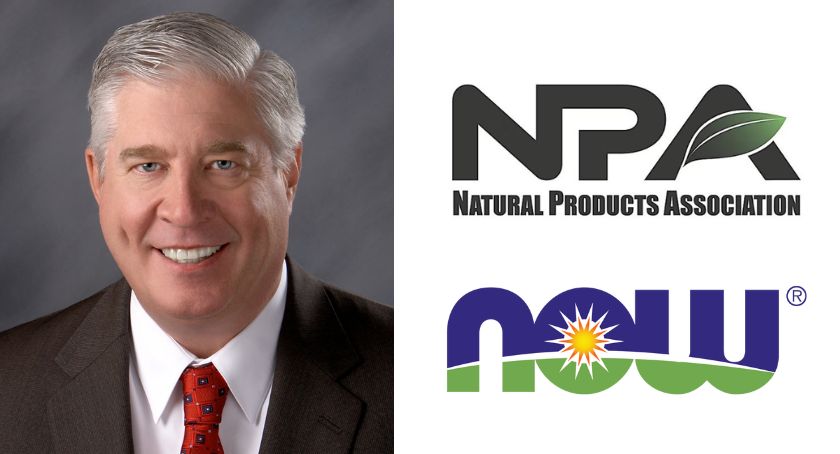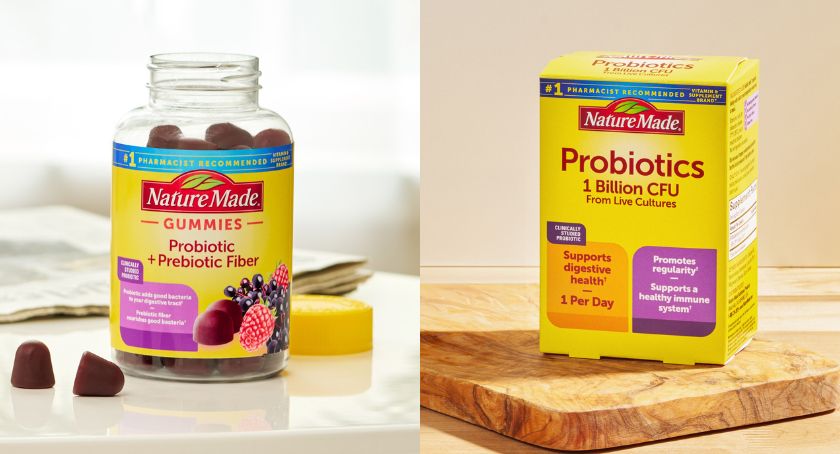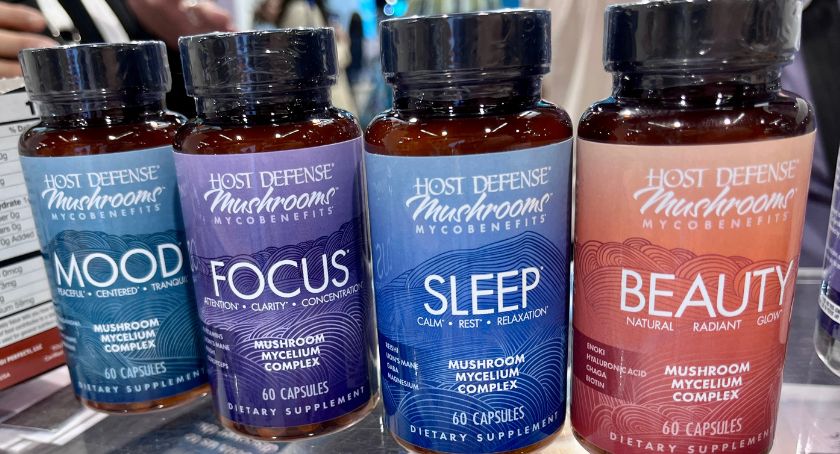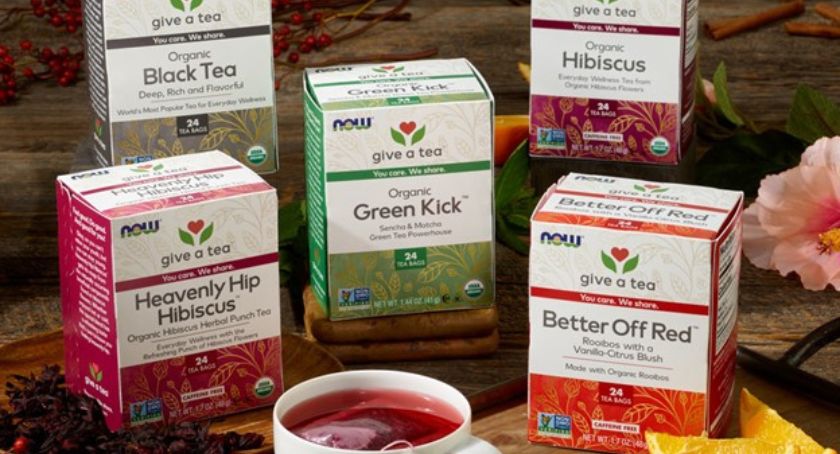Exclusives
Substantiating Environmental, Social, and Governance Claims
At the federal and state level, experts project that ESG claims will be more heavily policed.

By: Mike Montemarano
With growing use of claims surrounding Environmental, Social, and Governance (ESG), expect regulators will put increased enforcement pressure on companies to ensure their claims are clear and substantiated.
Jeff Brams, chief innovation and legal officer for Garden of Life, Inc., and Katie Bond, partner at Lathrop GPM, discussed challenges, notable class actions, and state laws at the American Conference Institute (ACI) and Council for Responsible Nutrition (CRN) Legal, Regulatory, and Compliance Forum on Dietary Supplements in New York City.
The Enforcers
The two key enforcers with the most significant authority to investigate a company and its claims substantiation are the Federal Trade Commission (FTC) and state regulators, such as Attorneys General. But just as important to look out for are actions from the plaintiff’s bar, the BBB National Programs’ National Advertising Division (NAD), consumer groups, and competing companies which can challenge each other’s advertising claims through the Lanham Act, said Bond.The FTC’s Green Guides are slated for an update. While the timeline is unknown, multiple groups have met with the agency on the topic.
“We just heard from the FTC that they’ve written a preview for the updated guidelines and there will be something in the registry for us to review soon,” said Brams. “We are going to see some changes to come very soon. There are some issues that we anticipate have given rise to FTC’s recent motivation and work to update its green guidelines.”
Recyclability
While state laws on green marketing appear to be “popping up all over the place,” a key issue worth noting is post-consumer recycled (PCR) content claims, said Bond. One New Jersey law, for instance, will require that items have a certain level of PCR in packaging in order to make such content claims. Additionally, the sale of products with PCR claims will have to register and pay a fee to the state beginning next year.“For a long, long time, we’ve had a plastics problem,” Bond said. “Over the last few years, a lot of our plastics could be sent to Asian countries, since a lot of our plastics were not recyclable here. There, they have better recycling programs and sorting capacity. But these countries, even China, got overwhelmed by the sheer quantity, and started limiting intake before totally cutting off plastic imports, and this problem has grown substantially domestically.”
So, states are now trying to adapt and create an end market for post-consumer recycled plastics that never previously existed.
“This is one particular law that is moving faster than what the capabilities of industry are,” said Brams. “Throughout the country, we had a tremendous shortage of plastic packaging, in part due to the supply chain breakage. But much of it is more due to the fact that original resins are not available.”
This led to extremely high demand for PCR plastic pellets, which work the same way as resins, Brams said. So, demand increased at a pace which caused PCR pellets to triple in price.
“We’re just at the beginning of a supply chain nightmare as the demand for PCR packaging increases with these laws,” Brams said. “That’s the environment that these laws are coming into. It’s not a built-in impossibility for compliance, but it’s an extraordinary hardship […] lead times for plastic packaging prior to the pandemic were 4-6 weeks maximum. But now the lead times are about 24-28 weeks.”
According to FTC, at a national level, companies can make recyclable packaging claims if 60% of the communities in which a product is sold are able to actually recycle said packaging item. In the past, class action lawsuits have argued that FTC’s intent was otherwise (that a product must actually be recycled), however, almost all of these cases were dismissed, and new filings have been sparse or non-existent.
However, state laws on recyclable claims may add a new dynamic and window for litigation against companies. California, for instance, passed legislation that requires companies to have their products deemed recyclable by a state agency, with PFAs standards to boot.
According to Bond and Brams, FTC standards for degradable claims are less murky. For unqualified “biodegradable,” “oxo-degradable,” and other such claims, FTC requires competent and reliable scientific evidence that the entire item will break down and return to nature within 1-5 years, but items that are customarily disposed in landfills, incinerators, and recycling facilities are deceptive because “those locations do not present conditions in which complete decomposition will occur within one year,” according to the Code of Federal Regulations.
The variation occurs in state laws, where states such as California, Maryland, and Washington have effectively prohibited almost all “biodegradable” claims on various grounds, according to Bond.
Certifications
Recent class actions lawsuits suggest that litigation may go beyond whether or not a company has substantiated its environmental impact claims with certifications. The methodology behind those certifications has also been targeted by various groups in court, demonstrating that “nothing is perfect, and no testing standard is untouchable,” Bond said, noting specific cases involving the certification of carbon neutrality.“Expect that companies will need to have a very fulsome audit of their raw material supplies, and that they will have to perform their own life cycle analysis; the methodology and basis for the life cycle analysis a brand is using is now being shown to be the most vulnerable part of the claim,” Brams said.
He noted in many class action cases that there is a convergence of goals and interests, such as in climate, animal welfare, and social impact, which could both compel certain ESG-minded brands to grow while also creating challenges. Various agendas will have different takes on the methodology used to substantiate claims about a supply chain component.
For certifications such as USDA Organic, or for claims pertaining to principles of regenerative agriculture or biodynamic production, there again needs to be some methodology and internal substantiation that concords with agricultural best practices.
“These type of claims on defining regenerative agriculture are definitely rife for class actions,” Brams said. He noted that when Non-GMO Project Verification was in its infancy, but growing in influence, there was a great deal of tension between it and USDA Organic proponents. Now a similar tension is beginning to play out between regenerative agriculture certifiers, who are positioning themselves as something other than USDA Organic.





















